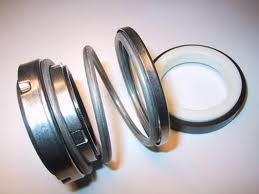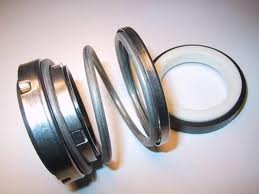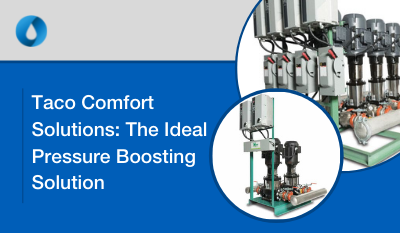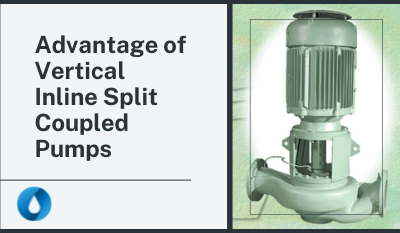 Mechanical seals are extremely critical components for pump operation. But if you're new to pump repair or if you are a building owner trying to gain some insight into what's going on in your mechanical room, it may be helpful to get back to the basics and get to know the mechanical seal on a fundamental level.
Mechanical seals are extremely critical components for pump operation. But if you're new to pump repair or if you are a building owner trying to gain some insight into what's going on in your mechanical room, it may be helpful to get back to the basics and get to know the mechanical seal on a fundamental level.
What is a mechanical seal?
A mechanical seal works though the use of two very flat faces that make it difficult for leakage to occur. One face does not rotate (stationary), whereas the second one rotates with the shaft (rotary). As the faces rub together, a fluid film forms between the two faces for cooling and lubrication purposes. The pumped fluid will ideally weep between the faces, entering as a liquid and remaining until it is vaporized.
What are the components of a mechanical seal?
All mechanical seals are typically made of three basic sets of components:
- Primary seal faces: This set has one face that rotates and one that remains stationary.
- Secondary seal sets: A set of secondary seals known as shaft packings and insert mountings, such as O-rings, PTFE or Grafoil wedges, or V-Rings.
- Hardware: Various hardware like gland rings, collars, compression rings, pins, springs, retaining rings and bellows.
Types of mechanical seals
- Inside seals: An inside seal is designed in such a way that the rotary portion of the mechanical seal is located inside the pump seal chamber. With inside seals, the fluid and pressure are exerted on the outside diameter (O.D.) of the seal. Typically, inside seals are used for higher pressure applications compared to outside seals.
- Outside seals: An outside seal is designed in such a way that the rotary portion of the mechanical seal is located outside the pump seal chamber. Quite often, outside seals are applied for chemical service in non-metallic parts: the pumped fluid does not come in contact with the metal parts of the seal and as a result, the need for expensive and/or exotic materials is often eliminated.
- Balanced seals: At balanced seals, the hydraulic pressure which acts to close the seal faces is significantly reduced. Balanced seals present the advantage of generating less heat because of the reduced pressure forcing the faces together. Consequently, they can withstand much higher pressures compared to unbalanced seals.
- Unbalanced seals: At unbalnced seals, the full hydraulic pressure of the seal chamber acts to close the mechanical seal faces, without any reduction whatsoever. Unbalanced seals are intended for use only in low-pressure applications.
- Double seals: In this arrangement, two mechanical seals are used face to face, back to back or in tandem (facing the same direction), thus allowing a buffer fluid or gas to be introduced between the two sets of seal faces. Double seals are mostly used for the purpose of sealing a product that is a volatile organic compound, dirty,non-lubricating, or very viscous. Also, they are used for products that solidify or otherwise change state.
It's important that you don't underestimate the purpose of the mechanical seal. Always be sure that your seals are maintained properly and replaced when necessary to ensure proper pump function.
Click here for the original source of this blog post.





.png)




Submit a Comment